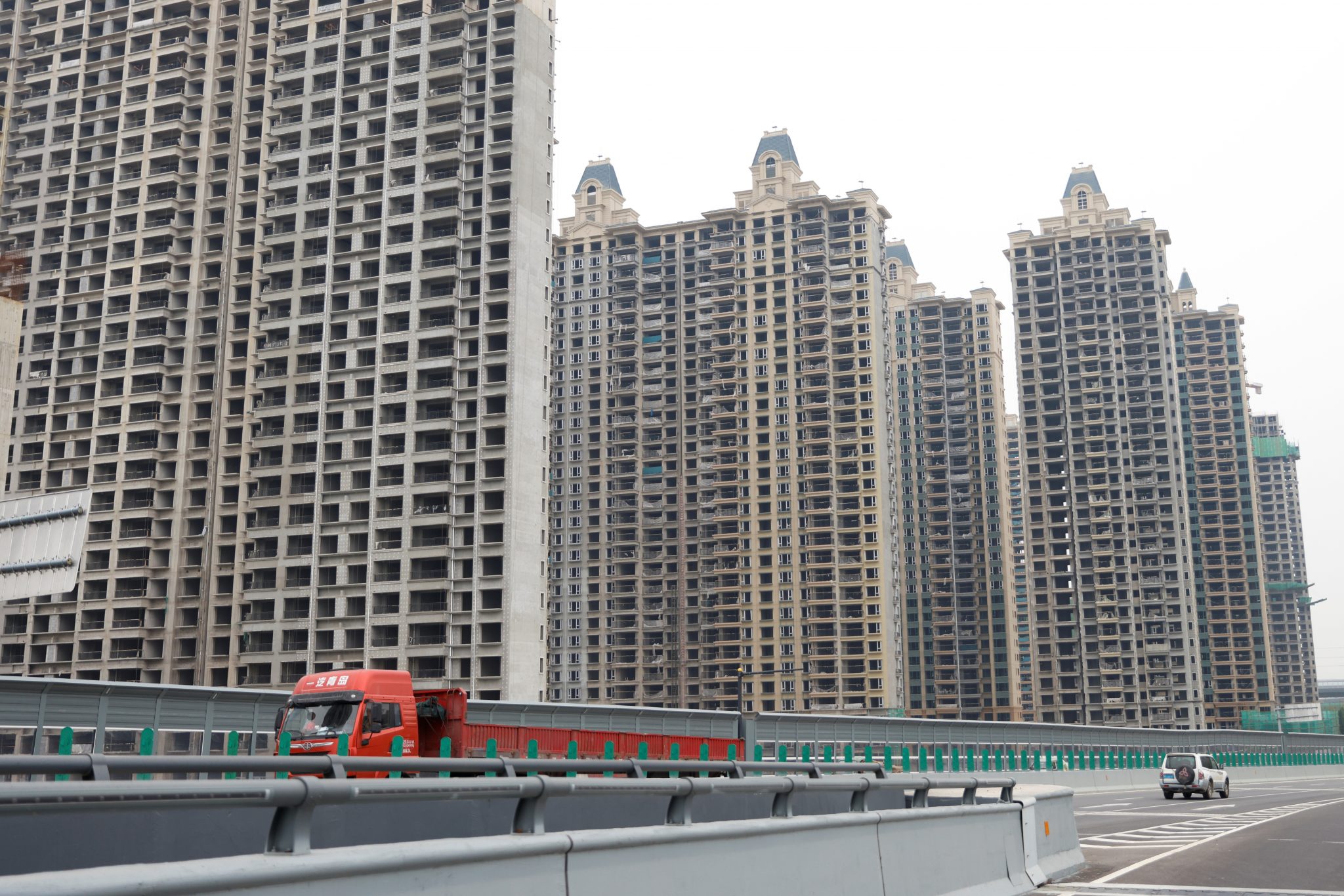[ad_1]
Author: Cai Fang, CASS
Two hands rule the Chinese economy, the market and the government. Market forces allocate resources massively, having obtained the right prices and incentives. The government regulates competition, corrects market failures and ensures fairness of distribution. China’s political leaders propose and frame key political concepts to signal new political directions to the people and guide different levels of government to political priorities.
A predominant idea of ​​organizational policy is now the concept of “common prosperity”. Chinese leaders call for promoting common prosperity within the framework of high-quality development and for putting in place the necessary institutional structures to achieve it. The institutional structures will serve to coordinate the three areas of distribution – primary, secondary and tertiary. Primary distribution refers to the distribution of income between owners of capital, workers and government. Secondary distribution refers to government-led redistribution, and tertiary distribution engages with society through philanthropy and social responsibility.
The concept of common prosperity is not new in Chinese politics. It emerged when former Chinese leader Deng Xiaoping initiated economic reform in the late 1970s and during the 14th National Congress of the Chinese Communist Party (CPC) in 1992 which declared its goal to be to build a market economy. socialist. The 18th and 19th CPC Central Committees under President Xi Jinping have included the term common prosperity in all major political documents produced by the Party and the central government.
There is a consensus around the benefits of past economic reforms among the Chinese people, as the gains from reform and opening up have translated into improvements in living standards over the past 40 years. Yet despite growing prosperity, China has experienced periods of worsening income inequality.
Prior to 1997, China’s income distribution was relatively fair, as the reforms of the time focused more on improving market incentives – what is known as breaking the ‘iron-rice bowl’. where people competed for scarce public sector jobs in the absence of a strong private sector.
In 1997, the ratio of rural to urban household income was 1.833 and the Gini coefficient of the national income distribution was 0.398. Both indicators have since increased and peaked – the rural-to-urban income ratio was 2.674 in 2009 and the Gini coefficient was 0.491 in 2008. In the decade that followed, the income gap s is gradually reduced, although moderately. In 2019, the rural-urban income ratio and the Gini coefficient were 2.325 and 0.465, respectively, a barely satisfactory result.
The leaders’ reiteration of common prosperity as the main political goal comes at the right time, for three reasons.
First, it is a logical continuation of the long-term task of eradicating poverty and favoring the low-income group towards the middle-income group. From 2012 to 2020, China lifted 99.9 million rural people out of poverty, measured against a poverty rate of US $ 2.3 in purchasing power parity per day. While eradicating absolute poverty is the goal of building a well-being society by 2020, achieving common prosperity is the next goal of building a modern socialist country by 2049.
Second, there is a need to address the challenges facing China’s economic development and social cohesion. The Chinese economy is increasingly constrained by weakening demand as its population ages rapidly. Growing the pie and dividing it fairly is the key to increasing the contribution of household consumption to economic growth.
Existing income inequalities and the associated entrenched social immobility are causing discontent among low-wage workers, young people and less educated groups. The reaffirmation of common prosperity is both a credible solution to their problems and a clever response to a public opinion favorable to action to combat income inequalities.
Third, it is in line with international experience and common practice. The three areas of distribution have their specific functions and appropriate tools to help reduce inequalities in income, asset ownership and access to public services. The logical conclusion of China’s use of the market as a decisive mechanism for resource allocation is that primary distribution retains its foothold, ensuring that efficiency and incentives remain intact. A more dynamic economy will in turn improve productivity and social mobility simultaneously.
China’s real GDP per capita is expected to increase from $ 10,687 in 2020 to $ 23,000 in 2035. In such a period of development, according to cross-country data, the average ratio of government spending to GDP rises from 26 percent to 36% cent. This indicates a huge leap in the expansion of the welfare state which can significantly narrow the income gap.
The 19th CPC National Congress proposed a master plan for the provision of basic public services. This included equal provisions for feeding minors, raising children, a living wage of working age, health care, support for the elderly, housing and assistance to vulnerable members of society.
By using mainly tools of redistribution – supplemented by charity and social responsibility – the level of social protection, social mutuality and social protection will be enhanced. Inequalities will be reduced as common prosperity is achieved.
Cai Fang is a former vice president and professor at the Chinese Academy of Social Sciences.
[ad_2]

